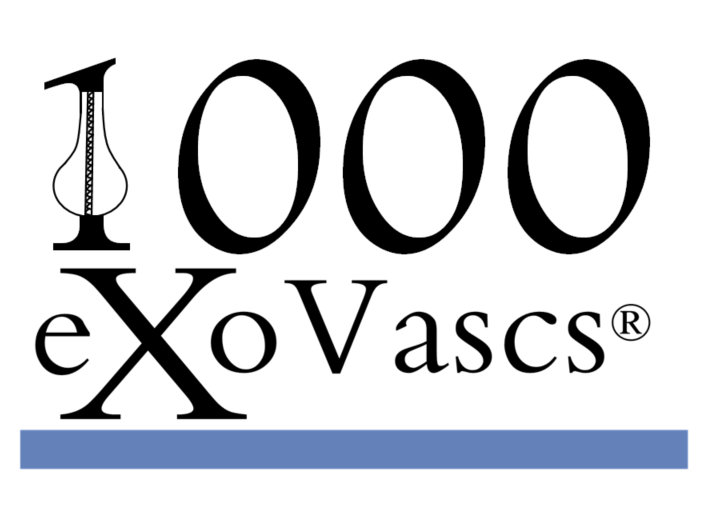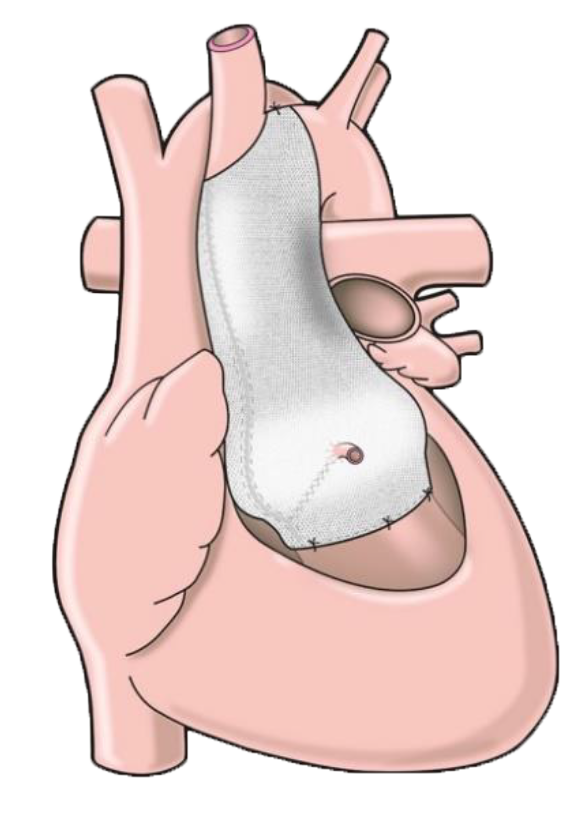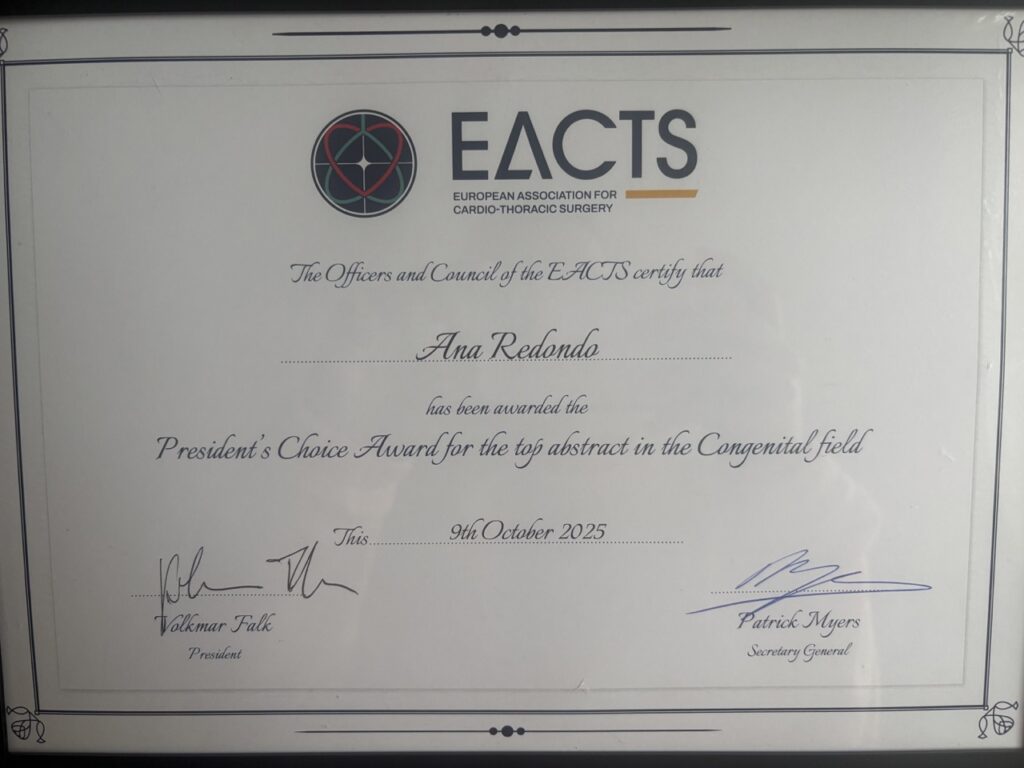
Exstent Ltd, developer and manufacturer of the ExoVasc® Personalised External Aortic Root Support (PEARS), has just announced that 1,000 patients have received the device.
The device offers an alternative to valve sparing root replacement (VSRR) and total root replacement (TRR) by supporting the aortic wall, preventing further dilatation and negating the requirement for lifelong anti-coagulants. It can also be used to support the pulmonary autograft when the native aortic valve is replaced as part of the Ross procedure.
Victoria Sharpe, Managing Director of Exstent, said: “One thousand patients represents a significant milestone for Exstent and for patient choice.”
Tal Golesworthy, founder of Exstent and inventor of the ExoVasc®, was the first patient to receive the device to treat his dilating aorta. He commented: “As well as the 1,000 patient milestone I celebrate the 20th anniversary of my own PEARS surgery on 24 May 2024. The past 20 years have been an interesting journey showing the power of real multi-disciplinary teams: in this case, a patient-engineer, CAD engineers, cardiothoracic surgeons, a cardiac morphologist, radiologists, cardiologists.”
During PEARS surgery a custom-made ExoVasc® device is fitted around the patient’s aorta, which remains intact. The surgery offers several benefits over VSRR and TRR. Operation times for the PEARS procedure are typically around two to three hours. PEARS surgery for patients with uncomplicated aortic anatomy has been carried out on a beating heart without cardiopulmonary bypass in approximately 79% of cases.
This contrasts well with VSRR and TRR where patients might expect to be anaesthetised for between four and seven hours and require cardiopulmonary bypass.
This shorter procedure time and hospital stay has a beneficial impact on overall costs and should improve patient experience and recovery.
Patients have been invited to have annual cardiac MRI and none have shown any sign of further dilatation, where the device has been correctly implanted. This demonstrates stability of the aortic dimensions and aortic morphology within the ExoVasc® implant over a significant period.
A routine coronary angiogram carried out on Tal Golesworthy in 2011 (seven years post-PEARS surgery) showed smooth coronary lumens and widely patent coronary orifices where the coronary arteries pass through the soft, pliant textile of the ExoVasc® implant. (For details, see Interactive CardioVascular and Thoracic Surgery: External aortic root support for the Marfan aorta: anatomically normal coronary orifices imaged seven years after surgery.)
Not only does the ExoVasc® PEARS implant become incorporated into the adventitia, but the media within the implant recovers. While it remains fibrillin-deficient (eg, in Marfan syndrome patients), the media assumes a normal histological appearance. This is entirely consistent with the repetitive tensile load having been removed from the media and handled by the implant. (For details, see European Journal of Cardio-Thoracic Surgery: Histology of a Marfan aorta 4.5 years after personalized external aortic root support.)
Surgical evidence from five patients undergoing surgery after their PEARS surgery suggests that the textile/living tissue composite that is created around the ExoVasc® some months post PEARS surgery is amenable to normal surgical cutting techniques and should present no barrier to follow-up surgery on the aorta.
PEARS surgery is available in over 40 centres and 14 countries globally.






